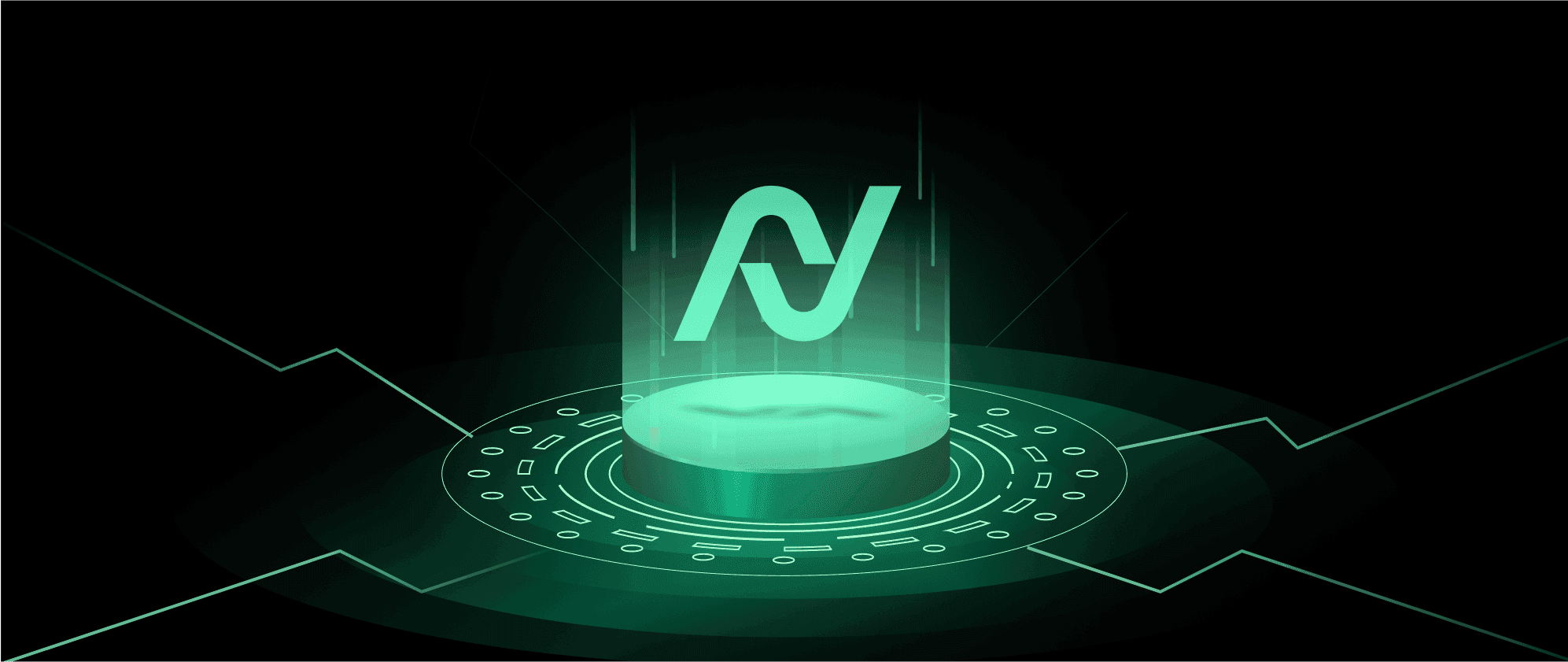With the introduction of potent language models like ChatGPT, the area of natural language processing (NLP) has made significant strides recently. Modern AI model ChatGPT, created by OpenAI, can read and produce text that resembles human speech. In this article, we will delve into the intriguing realm of ChatGPT and see how it transforms how we communicate with machines by understanding and producing language.
Language comprehension is the cornerstone of ChatGPT.
The core of ChatGPT's skills is language understanding. ChatGPT uses a procedure called pretraining, where it is exposed to a large dataset containing billions of sentences, to understand text. The model picks up on the linguistic and statistical patterns present in the data at this phase. By understanding the context, grammar, and semantics, Chat GPT gains a comprehensive grasp of language.
Transformers: A Marvel of Architecture
Transformer architecture, a development in NLP, is at the heart of ChatGPT's design. Transformers give the model the ability to represent relationships among words and sentences in a text, independent of where they are located. With the use of this attention mechanism, Chat GPT may give certain words varied degrees of importance, enabling more precise text interpretation and production.
Text Interpretation: Untangling Meanings
Breaking down a text input into its component pieces and figuring out how they relate to one another is part of ChatGPT's text interpretation process. Tokenization is used, which divides sentences into smaller chunks known as tokens. Each token has a purpose and stands for a word or a portion of a word. ChatGPT understands the subtleties in the text by identifying entities, extracting information, and processing these tokens.
Understanding Context: The Influence of Context
The capacity of ChatGPT to use context for text interpretation and generation is one of its main advantages. The model develops a contextual knowledge of the input by taking into account the previous clauses or words. Contextual awareness enables Chat GPT to respond in a more logical and pertinent manner, which remarkably humanizes interactions with the model.
Creating Text: Promoting Creativity
The ability to generate text in ChatGPT results from a process known as finetuning. Following pretraining, the model goes through focused training on a smaller dataset that is carefully compiled with the aid of human reviewers. Through an iterative feedback loop, ChatGPT may continuously improve its responses. ChatGPT generates language that is contextually suitable and coherent by utilizing its extensive knowledge base and ingrained patterns.
Ethical Issues: Reducing Risks and Biases
It is critical to address the ethical issues related to biases and dangers when Chat GPT learns from various sources of data. To guarantee that the model is used responsibly, OpenAI has put controls in place. In addition to putting a strong emphasis on transparency, they actively seek to remove biases during training. Building a reliable and inclusive AI model that helps society as a whole is the goal of these initiatives.
The way we communicate with machines has been transformed by Chat GPT and natural language processing. ChatGPT comprehends and produces writing that is remarkably human-like by fusing pretraining, transformers, and contextual awareness. In order to build a future in which humans and AI work together in harmony, it is critical that we negotiate the ethical issues as we further explore the boundaries of AI.
